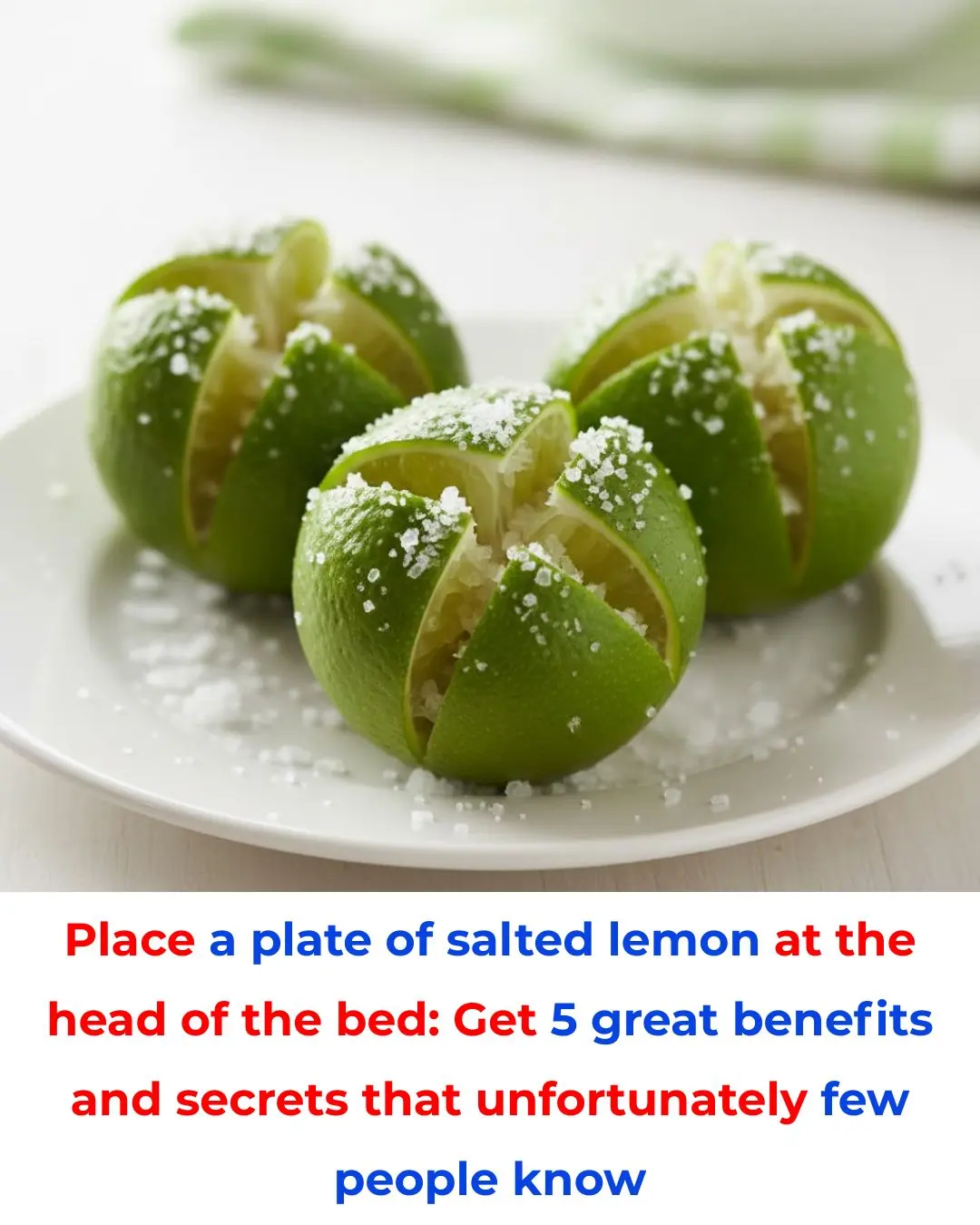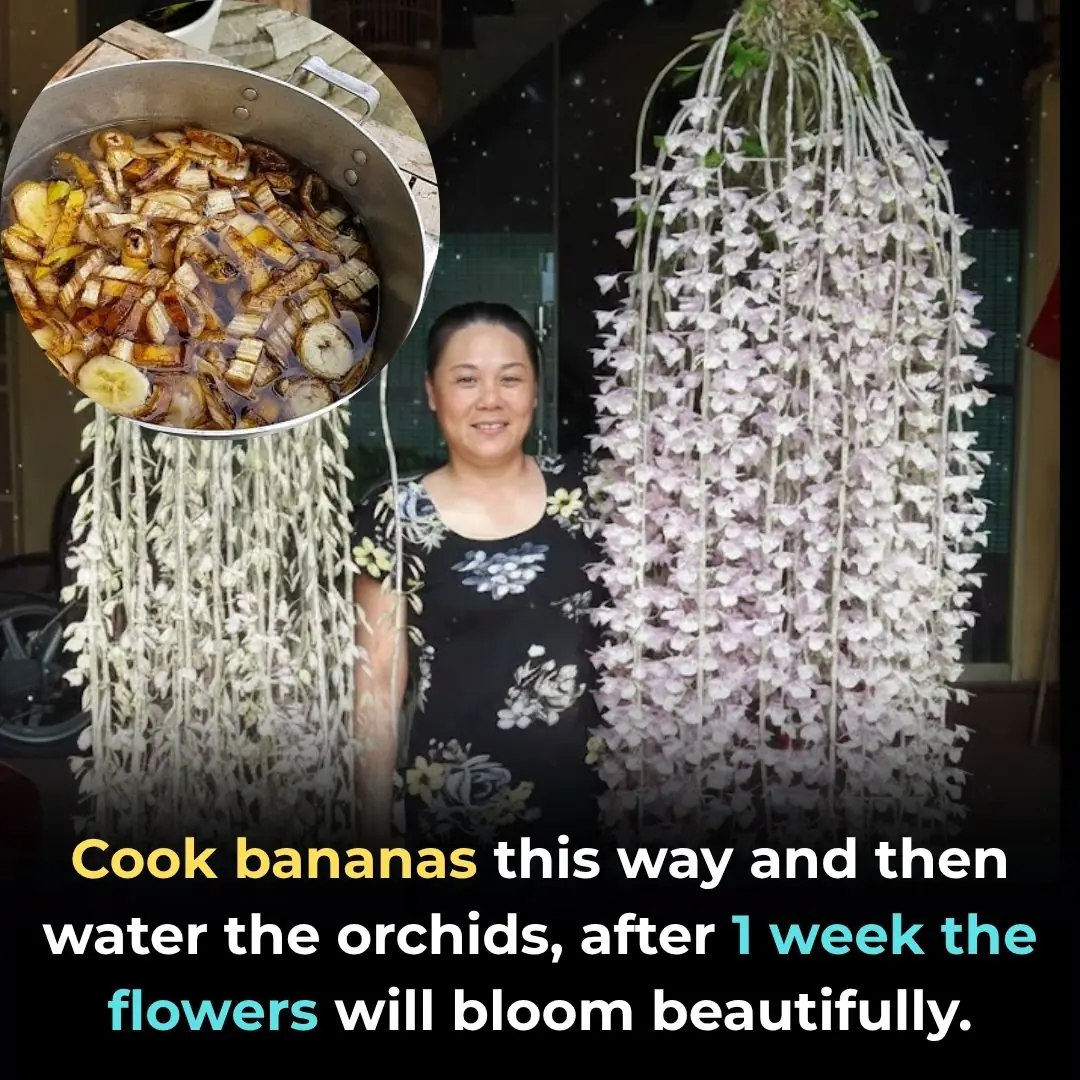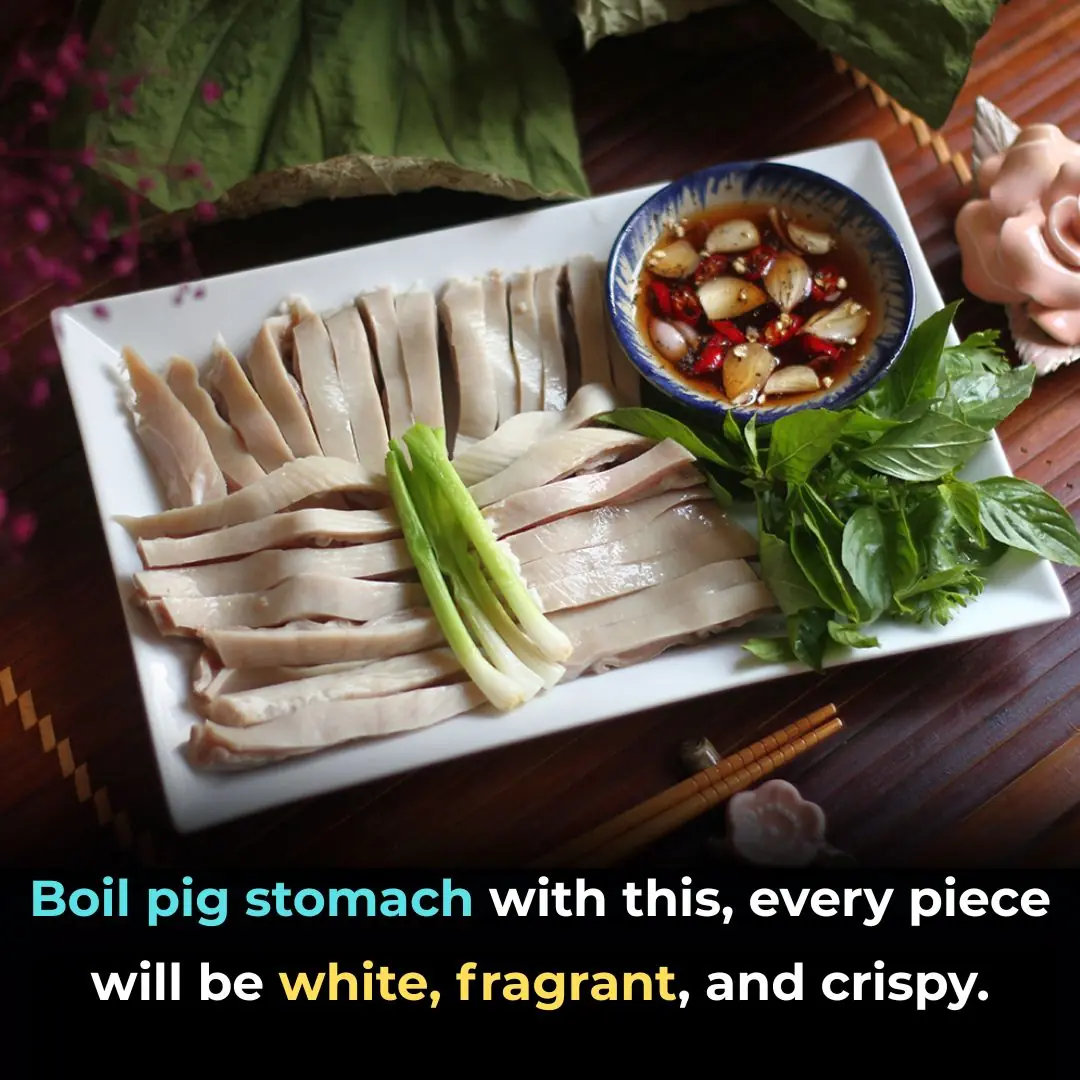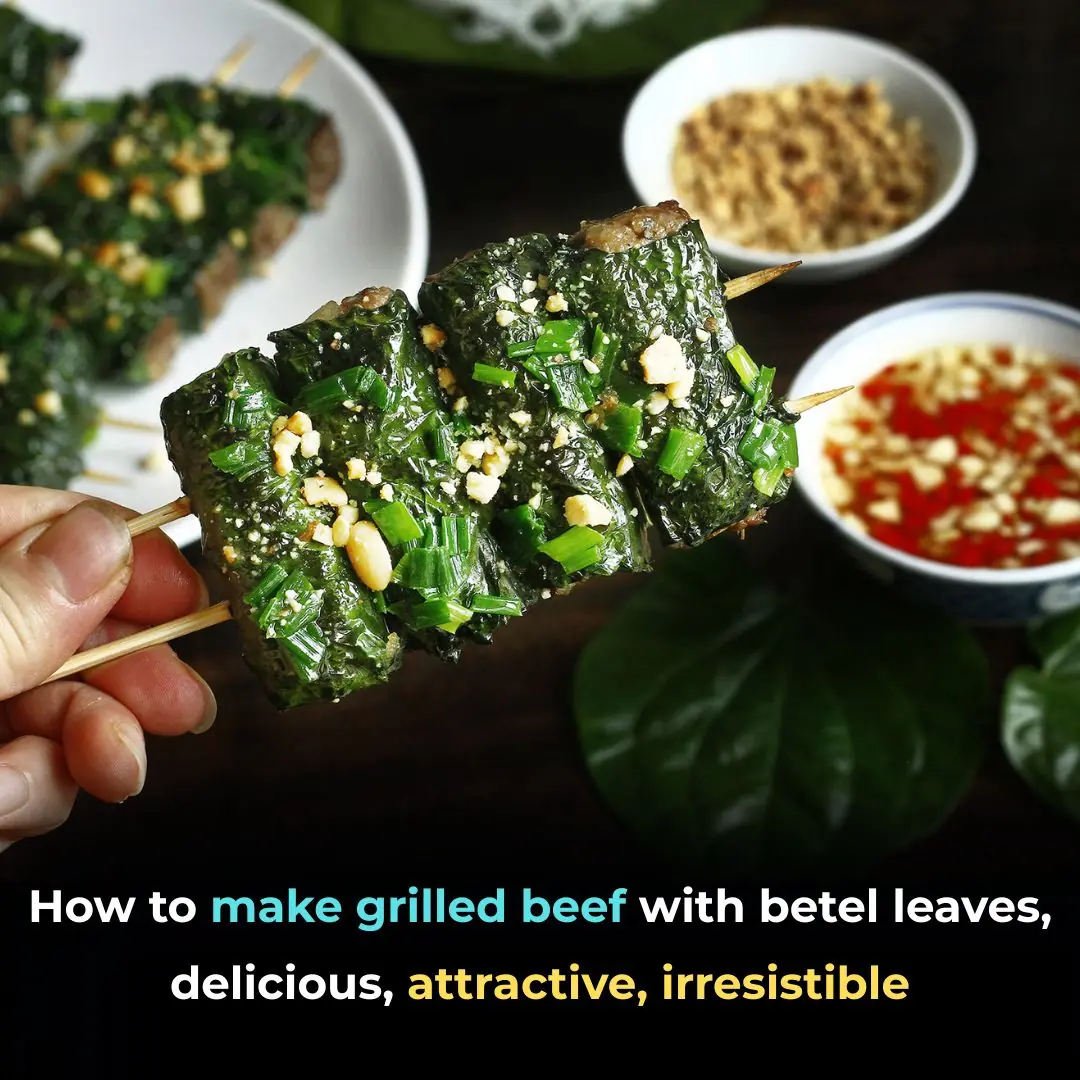
How to choose fresh, sweet dragon fruit, just look at the skin

How to Choose Sweet, Ripe Dragon Fruit
When buying dragon fruit, knowing how to identify ripe and sweet ones is the key to enjoying this tropical delicacy at its best.
Dragon fruit — also known as pitaya — is a familiar fruit to many Vietnamese families. There are several varieties, including white-fleshed dragon fruit, red-fleshed dragon fruit, and yellow-skinned dragon fruit. Among these, the red-fleshed variety tends to have a richer sweetness and softer texture compared to the white one.
This vibrant fruit is not only delicious but also highly nutritious. It’s packed with vitamin C and B-complex vitamins such as B1, B2, and B3, along with essential minerals like calcium, iron, and phosphorus. These nutrients support the immune system, promote healthy skin, and boost overall vitality. Dragon fruit can be enjoyed fresh, blended into smoothies, mixed into fruit salads, or even used to create natural food coloring — especially the red variety, which lends a beautiful pink hue to desserts and beverages.
However, not everyone knows how to tell whether a dragon fruit is truly ripe and sweet just by looking at it. With a few simple visual and tactile cues, you can easily pick out the best ones at the market.
1. Check the Skin Color
The skin color is the first and most obvious indicator. Choose fruits with thin, firm, and slightly glossy skin that has a bright reddish-pink hue. These are signs that the fruit is ripe, juicy, and sweet.
If the skin still looks dull, thick, or has a greenish tint, the fruit is likely underripe and will taste bland. Conversely, if the fruit’s “scales” or outer tips have dried or turned brown, it means it has been harvested for a while and may no longer be fresh or flavorful.
2. Observe the Shape
When you look closely, you’ll notice that dragon fruits come in different shapes — some are short and plump, while others are longer and slimmer. According to experienced growers, short, round, and slightly swollen fruits usually contain more juice and have a stronger, sweeter flavor. The elongated, slender ones, on the other hand, tend to be drier and less sweet.
3. Feel the Weight
A simple trick to tell a good fruit from a mediocre one is to weigh it in your hands. Pick two dragon fruits of similar size — the heavier one is generally fresher and juicier. A lighter fruit may have lost moisture over time, meaning it’s been stored too long and may taste flat or watery. Always choose the ones that feel firm and heavy for their size.
4. Know the Difference Between Red and White Flesh
Red-fleshed dragon fruits are usually softer and contain more natural sugars, giving them a deeper, richer sweetness. White-fleshed ones are milder in taste, offering a light and refreshing sweetness that many people enjoy, especially those who prefer fruits with lower sugar levels.
The red variety is also higher in antioxidants such as anthocyanins — compounds that help neutralize free radicals, protect cells from damage, and support a healthy immune system. Additionally, it contains more carotene than the white-fleshed type, which contributes to better skin health and eye protection.
5. A Note of Caution
While red-fleshed dragon fruit is highly nutritious, it also contains more sugar. Those who need to control their blood sugar levels or are managing their weight should enjoy it in moderation. In such cases, the white-fleshed variety is the better choice, as it offers similar health benefits with less natural sugar.
Final Tip
Always store dragon fruit in a cool, dry place and consume it within a few days for the best flavor and texture. Whether you eat it fresh or turn it into smoothies and desserts, knowing how to select the perfect fruit will make all the difference.
News in the same category


Add this to the water. Even when you don’t clean the floor in a week

💖 My Nana Knew What She Was Doing — Time-Honored Skincare Wisdom (And What Really Works Today)

Know this trick to distinguish real honey from fake honey, don't be afraid of being tricked into buying poor quality products

Add a few slices of fresh lemon to the pot of boiled eggs: Get great benefits, many people do not know

Extraordinary Visual Skills If You Can Spot The Cat

What does this gesture signify?

Cook bananas this way and then water the orchids, after 1 week the flowers will bloom beautifully.

What is this type of clamp used for?

Boil pig stomach with this, every piece will be white, fragrant, and crispy.

There are 4 plants in the garden that snakes are crazy about. If you want the whole family to be safe, you have to remove them immediately.

How to make grilled beef with betel leaves, delicious, attractive, irresistible

Why do dogs often secretly run away from their owners when they sense they are about to die? The truth is very heartbreaking...

8 Foods That Spoil Overnight and Easily Cause Acute Poisoning, Even When Stored in the Refrigerator

If You’re Not Using Castor Oil You’re Missing Out

Throwing away moisture-absorbing packets is like tossing a 'treasure' into the trash—keep them because every household needs them

A Family of Four Diagnosed with Cancer Due to a Common Kitchen Mistake Made in Every Household

🍎 Apple Cider Vinegar Foot Soak: Benefits, Risks & What Science Says
News Post

Rafael Nadal’s Greatest Match: Fighting for Forgotten Dogs

The Officer, the Boy, and the Box of Pokémon Cards.

Grandma’s “Stray Cat” Turns Out to Be a Cougar.

The Walmart Employee Who Became a Hero to a Struggling Mom

Two Wounds, One Journey: The Woman and Dog Who Taught Each Other Grace

A Prom Filled With Love: Young Man’s Selfless Gesture Becomes Unforgettable

A Brother’s Sacrifice: How MJ Became a Hero in a Split Second

K-9 Apollo: A Hero’s Fight for Life and the Community That Saved Him

“One Last Climb: A Man, His Dog, and a Wheelbarrow Full of Love”

The Stranger Who Stopped: How One Man’s Kindness Saved a Puppy’s Life

Why You Should Avoid Leaving a Glass of Water Near Your Bed

Reason Why You Should Always Shower At Night

Place a plate of salted lemon at the head of the bed: Get 5 great benefits and secrets that unfortunately few people know

Add this to the water. Even when you don’t clean the floor in a week

💖 My Nana Knew What She Was Doing — Time-Honored Skincare Wisdom (And What Really Works Today)

Know this trick to distinguish real honey from fake honey, don't be afraid of being tricked into buying poor quality products

Add a few slices of fresh lemon to the pot of boiled eggs: Get great benefits, many people do not know

Extraordinary Visual Skills If You Can Spot The Cat

What does this gesture signify?
